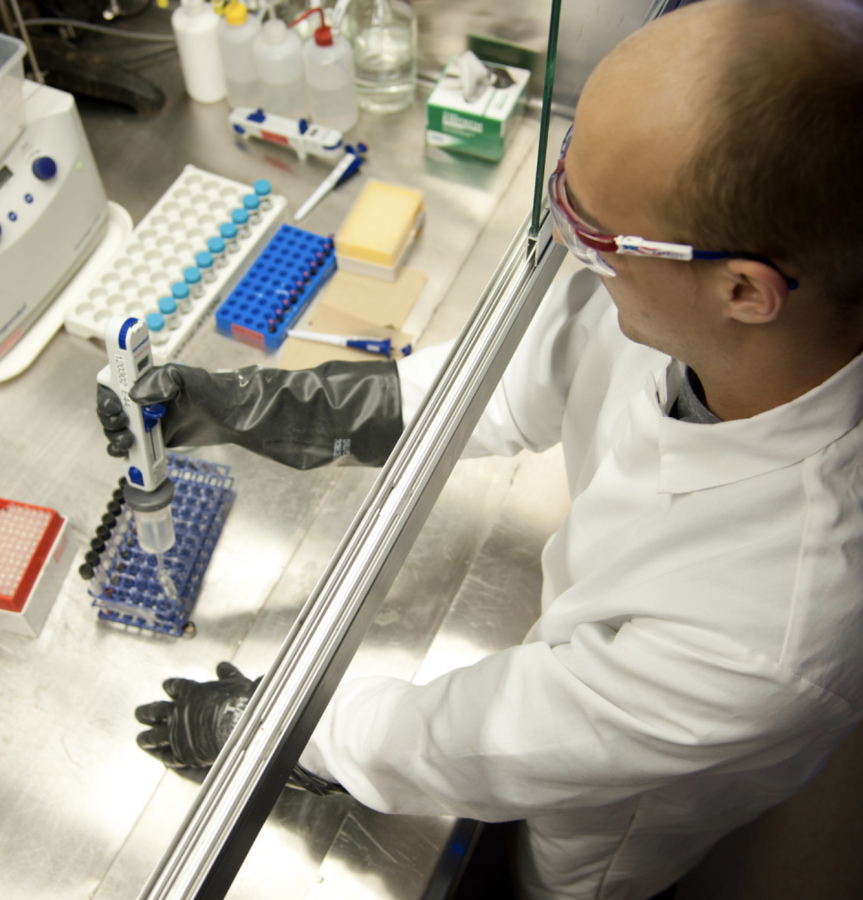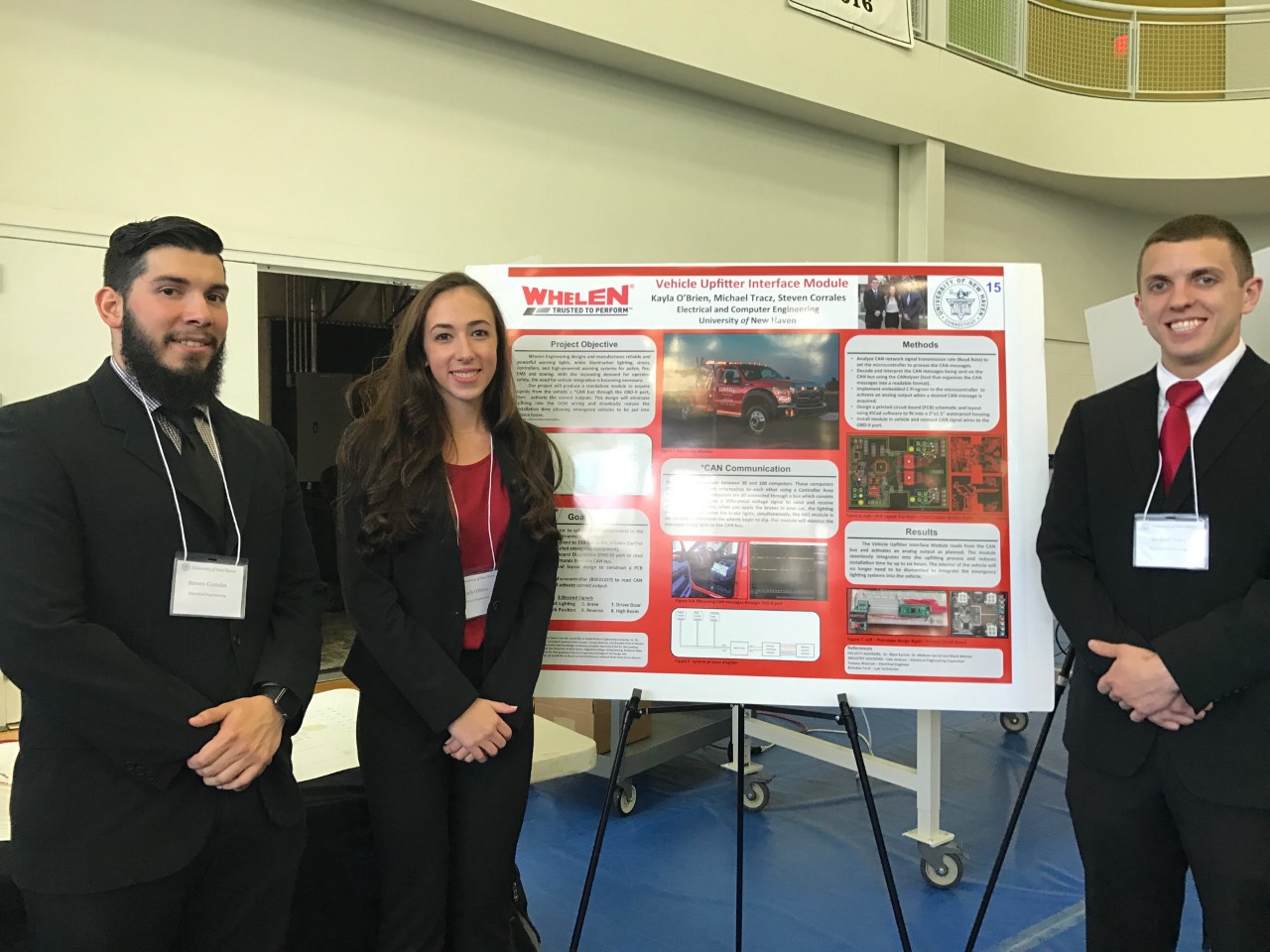The bacteria that caused the Black Death that wiped out nearly half of London in the fourteenth century looks extremely similar to the modern versions of the plague-causing bug, new research indicates.
Researchers from Canada and Germany have recently extracted the teeth of plague victims and reconstructed the bacteria Yersinia Pestis and came to some frightening conclusions. Their data showed that the genetic make-up of the bacteria has remained unchanged compared to the modern day strains, leading them to conclude that Yersinia Pestis may actually be the ancestor of all the currently circulating bacteria.
Modern day strains can be found in China, India, Western Asia, Central and Southern Africa, South America, and the Western United States, killing less people per year than the flu. The question is, if the bacteria that caused the death of so many people 660 years ago is the same as the ones circulating around the world today, why is it not as devastating? Scientists believe they have the answers.
To begin with, plague is rare in humans. Usually, plagues are found in fleas, which pass it onto their mammal hosts. When a human comes in contact with an animal that has plague-infected fleas, that is when they are at a risk of catching it if bitten. This is the reason that people are strongly warned against handling wild, sickly looking, or recently dead animals.
Aside from the way a plague is spread, scientists believe that simply the change in the times may be the cause for the plague to be less severe. In the fourteenth century, the people of London were living in cold, wet, and extremely overcrowded environments. Not knowing the dangers, rats and other small rodents were everywhere, carrying the disease with them.
While the bacteria still exists today, scientists hope that a better understanding of how it works will help to better protect us in the future, giving valuable insight into how the bacteria can evolve and adapt. According to Dr. Paul Keim, an expert on infectious bacteria at Northern Arizona University, although the bacteria is still around, “a large human outbreak would be inconceivable to this day.”








